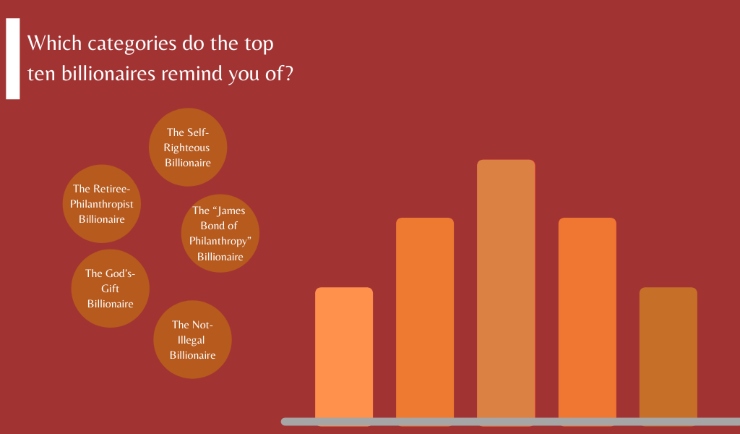
Do you find yourself becoming frustrated because you keep getting bombarded with email at work? Do you think that email is not really interruptive because it is you who decides when — and whether —to read and respond to your incoming emails? But do you also find that while this might be true in theory, you often can’t help but interrupt yourself by opening emails — even trivial ones — while in the process of performing your work? Do you believe that email interruptions are ultimately bad for your work performance?
If you are like most people, the answers to the questions above are all in the affirmative. Research shows that email interruptions are quite frequent, averaging 70 interruptions per day for knowledge workers, most of which are not work related. And 35 per cent of knowledge workers check their email every 15 minutes. Research also suggests that email interruptions can be disruptive, with a study showing that 70 per cent of emails addressed within a mere six seconds, and another reporting that it can take several minutes to recover from each interruption and resume the work.
But we don’t know much about the ultimate effects of such email interruptions on work performance, nor about the mechanisms that are responsible for these effects. In a forthcoming paper, we provide answers for these important questions.
We conducted several surveys and experience-sampling studies to examine the impact of email interruptions on business-to-business (B2B) salespersons. We found that despite the negative connotation that comes with email interruptions in general, some interruptions that are congruent with one’s core work responsibilities can ultimately have positive effects on individual performance, although they come at a cost.
More specifically, while these congruent interruptions might interrupt the current task being performed (unless they happen to relate to the current task, but this is rare), they are by definition relevant to the overall core work being performed and can provide important information or feedback on such work. By providing new information or revealing discrepancies in how the work is being done, they help individuals process their work activities more mindfully, which is beneficial for performance.
For example, a salesperson may receive an email containing information about a prospect customer’s needs (new information), an email revealing a problem with an ongoing sales pitch (discrepancy), or an email that requests new features for a product (request for action). These three aspects—novelty, discrepancy, and deliberate request or initiative to act — have been found in cognitive psychology research to trigger mindful task processing.
However, because they still interrupt the current task, congruent interruptions also increase people’s mental and emotional workloads, which is detrimental to performance. To sort out this mix of positive and negative effects of congruent interruptions, we conducted statistical analyses to measure their total effect, which we found to be positive. The clear implication of this is that congruent interruptions will improve performance yet at the cost of increased stress.
On the other hand, incongruent interruptions (e.g., emails concerning secondary work activities or personal issues) have negative effects, both because they hinder work performance, and because they increase people’s mental and emotional workloads, which also hampers work performance.
We also discovered that the very features of the interrupting technology can compound or mitigate some of these effects. According to media synchronicity theory, email provides people with three capabilities relevant for communicating with others: rehearsability (being able to rehearse or fine-tune a message before sending it), reprocessability (being able to reexamine a message that has been received earlier), and parallelism (being able to communicate with multiple people without having to take turns, which can result in overlapping conversation threads).
In addition, email provides three features relevant for organizing messages: leaving the messages in the inbox, deleting the messages, and assigning the messages to either a folder (foldering) or an archive (archiving). Our analyses showed that when people use these different features of email during their interruption episodes, several effects followed. Communicating in parallel and leaving messages in the inbox were both positively related to mental/emotional workload and deleting was negatively related to workload. Reprocessing and rehearsing messages were positively related to mindful processing. In short, usage of the features of the interrupting technology while handling interruptions has both positive and negative effects.
Finally, we found that the effects of email interruptions differed in terms of whether they were being measured over daily or weekly periods. For example, incongruent email interruptions were negatively related to individual performance at the daily level but not at the weekly level. This suggests that individuals might have had a chance to compensate for this effect over the longer time frame either by relaxing or by working overtime during the non-work hours (or through a combination of both). The effects of incongruent email interruptions on workload and mindfulness were consistent over both time windows, however.
We believe that our results have important practical and design implications. First, they help managers and workers recognize that despite the negative connotation associated with email interruptions in the popular press, not all interruptions are necessarily bad. It is essential to distinguish between congruent and incongruent interruptions.
And understanding the mechanisms by which the different types of email interruptions affect performance can enable developing effective email management programs and interventions. For example, managers could specify a time response window for emails based on their urgency and/or relevance. Our findings may also encourage people to develop work norms regarding their use of email features during interruption episodes. For example, to prevent overload, individuals should limit parallel exchanges and keeping messages in their inbox. Instead, they might decide to folder or delete messages (but the latter approach should not be used for important messages). People might also consider thinking carefully about the messages they construct (rehearsing) and examining carefully their previously received messages as needed (reprocessing) to ensure that they process their tasks more mindfully, which is beneficial for performance.
Finally, our results have design implications. Email clients usually filter junk email from all other kinds of emails, but they do not differentiate messages relevant to primary activities from other messages that might also be work related. Our findings can be used to program email clients such as to screen the incoming emails for task-relevant content (e.g., by scanning keywords in the messages) and—using context awareness capabilities—to match the messages to people’s current work activities. For tasks requiring deep focus or where feedback is critical, congruent interruptions can be presented while working on primary activities, whereas incongruent interruptions can be hidden until a later time.
♣♣♣
Notes:
- This blog post is based on the author’s paper E-Mail Interruptions and Individual Performance: Is There a Silver Lining?, co-authored with Alain Pinsonneault, MIS Quarterly, forthcoming (2018).
- The post gives the views of its authors, not the position of LSE Business Review or the London School of Economics.
- Featured image credit: Email, by geralt, under a CC0 licence
- When you leave a comment, you’re agreeing to our Comment Policy.
 Shamel Addas is an Assistant Professor of Information Systems at the Smith School of Business, Queen’s University, Canada. He received his Ph.D. from the Desautels Faculty of Management at McGill University. His research interests include the problematic and controversial aspects of IT use, especially work-related interruptions, and the impact of healthcare IT on patient outcomes. His research is published or forthcoming in top tier academic journals such as MIS Quarterly, Journal of Management Information Systems, Journal for the Association of Information Systems, Information Systems Journal, and others. (shamel.addas@queensu.ca)
Shamel Addas is an Assistant Professor of Information Systems at the Smith School of Business, Queen’s University, Canada. He received his Ph.D. from the Desautels Faculty of Management at McGill University. His research interests include the problematic and controversial aspects of IT use, especially work-related interruptions, and the impact of healthcare IT on patient outcomes. His research is published or forthcoming in top tier academic journals such as MIS Quarterly, Journal of Management Information Systems, Journal for the Association of Information Systems, Information Systems Journal, and others. (shamel.addas@queensu.ca)





